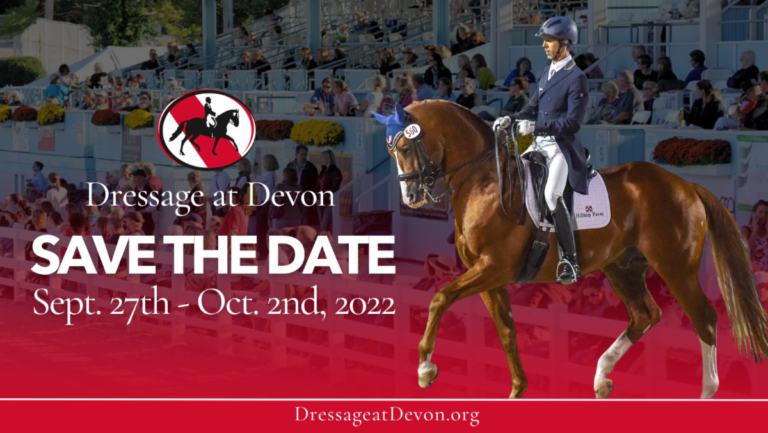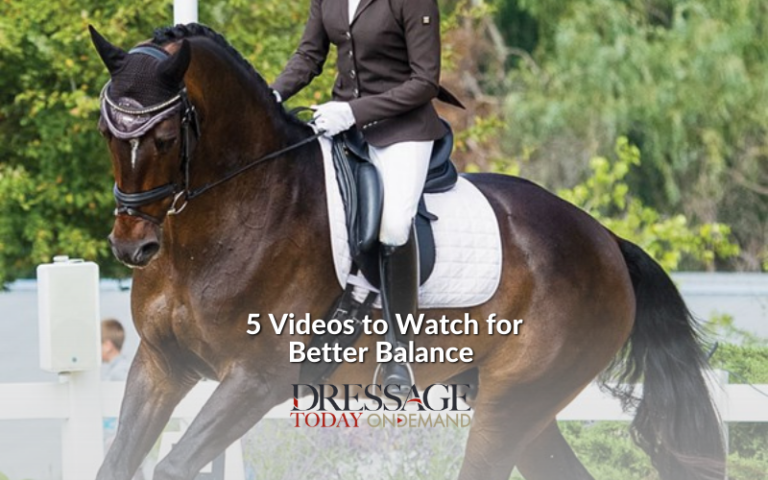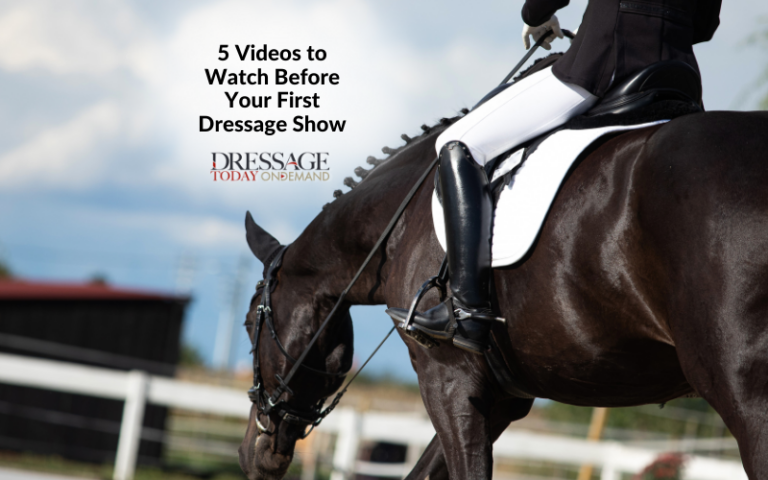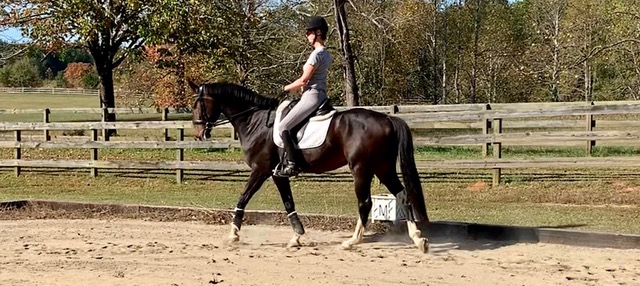Many of the tests that I judge have what I call a “moment of truth,” where the rider has to demonstrate a clear understanding of what that test, or that level, is all about. Sometimes that moment is an entire movement, like the half pass at Third 1, or just a few steps like the “very collected canter” in Fourth 1.

A key moment of truth for me just covers one or two steps during First Level Test 3. It’s in the corner that precedes the first leg yield. The rider is tracking right and preparing to leg yield to the right from K to X. Since the rider will need to half halt on the new outside rein (the right rein) before starting the leg yield to the right, she will have to change the bend slightly to the left while still in the corner or within just a step or two between the corner and K.
For some riders, that moment is sort of like rubbing your tummy and patting your head at the same time. The balance needs to be secure well before the corner for that counter bend to occur, for the half halt on the right rein to come through, and then for the horse to securely respond to an active left leg in order to flow sideways right from K.
The question here, however, isn’t whether the rider and horse can bend one way while going another, but whether the horse is straight – the fifth rung on the training scale: Is the hind end in line with the front end? By the time a combination is performing First 3, the rider should be confident that she knows where the haunches are (without looking!), that they aren’t escaping to one side or the other. That brief change of bend in the corner, or the leg-yield that follows, can’t happen unless the horse is straight beforehand. Likewise, the ability to have a half halt on the outside rein is one of the most important tools to both establish and sustain straightness and for the rider to be able to mobilize the shoulders wherever she wants.
What happens if the rider flubs that moment of truth? First, of course, the rider can’t find the balance needed to flow sideways. The horse is confused by the active left leg and stays on the rail or tries to step right but loses his balance and becomes unlevel – usually too heavy on the right shoulder. When the first leg yield is sticky, it’s also hard to change the bend at X going into the second leg yield from X to H. Therefore, that step or two in the corner before K can affect the two movements that follow.











